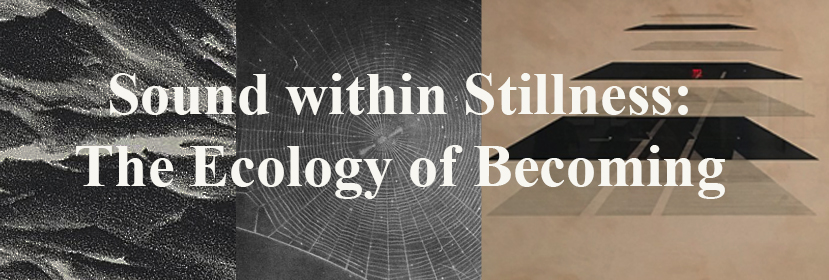
Sound within Stillness: The Ecology of Becoming
By Javed Jalil
In the evolving discourse of contemporary art, stillness has often been misunderstood as the absence of movement — a void, a pause. Yet within the contemplative practice of artists such as Bobby, stillness becomes an active field, a space where transformation and awareness converge. Her works, emerging through processes of absorption, repetition, and material dialogue, manifest a profound ecological consciousness — one that blurs the line between self, medium, and environment.
Bobby’s artistic language resonates with the meditative endurance of Agnes Martin, whose grids sought to capture the immaterial rhythm of serenity. Like Martin, Bobby’s surfaces breathe with silent vibration — but her marks carry an earthier pulse, a tactile immediacy born of the body’s dialogue with tools and textures. Her approach recalls Vija Celmins’ attention to the infinitesimal — where the quiet mapping of the ocean’s surface or the night sky becomes a contemplative act of infinite return. Both artists, in their own ways, turn observation into a devotional rhythm.
In Bobby’s world, mark-making functions as a ritual of becoming rather than depiction. Each stroke exists as an event of consciousness, echoing the performative energies of Cy Twombly, whose gestural inscriptions bridge thought and emotion. Yet where Twombly externalizes the drama of movement, Bobby internalizes it — her process becomes a pulse of quiet emergence. The viewer is invited not to decode imagery but to enter a state, to feel the vibration between surface and silence.
Her earlier organic motifs — root-like forms, wires, and vegetal veins — situate her within a lineage of artists exploring the biomorphic unconscious, from Eva Hesse’s tangled structures to Anselm Kiefer’s earthy materialities. But in her recent compositions, there’s a deliberate distillation — a geometric precision reminiscent of Nasreen Mohamedi, whose lines mapped the spiritual tension between restraint and release. Bobby’s angular planes and measured dissection evoke not cold detachment, but meditative calibration — a mindful act of composing energy into balance.
In this sense, her art is not representational but ontological: it expresses being itself. Her prints and mixed-media works emerge as consciousness-fields, where intention dissolves into process and form arises as an echo of inner stillness. The discipline of printmaking — its repetition, resistance, and demand for patience — becomes an embodied metaphor for spiritual practice. Each layer, impression, and pressure is an extension of the artist’s breath; each mark becomes a scripture of silent devotion.
The philosophical underpinning of Bobby’s practice aligns with the writings of Maurice Merleau-Ponty, who proposed that perception is an intertwining of body and world — that vision is not detached observation but lived participation. Bobby’s imagery, rooted in eco-phenomenology, performs this intertwining. Her engagement with the vegetal — the “roots and veins of the planet” — mirrors the plant-thinking philosophy of Michael Marder, where plants embody nonviolent resilience through quiet adaptability. In Bobby’s art, this vegetal intelligence translates into form: her stillness grows, rather than asserts.
Her movement from fluid organicity to structured vibration also parallels the journey of Hilmaaf Klint, whose abstract compositions channeled invisible spiritual systems through geometric order. Both artists seek to render the unseen rhythms of existence — to give form to the pulse that animates life beneath surface appearances. Bobby’s marks, at once micro and monumental, participate in this lineage of artists who translate metaphysical energy into visual vibration.
Ultimately, Bobby’s Sound within Stillness proposes an alternative temporality — one that resists the acceleration of modern visual culture. Her works ask for duration, attention, and empathy. They reveal how art can be both meditative and investigative, both organic and structured — a synthesis where stillness itself becomes movement, and the act of seeing becomes an act of being.
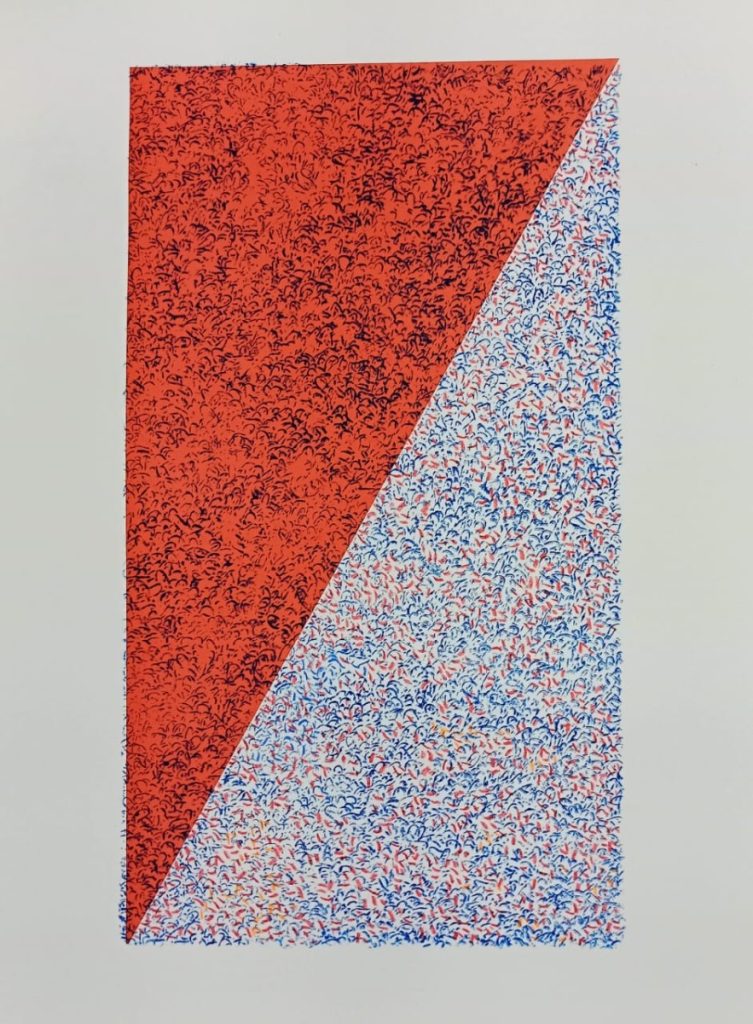

Farzana Rahman Bobby
Farzana Rahman Bobby
In Essence
Bobby’s art is a devotional ecology — a merging of body, material, and consciousness.
Her marks whisper the continuity between plant and pulse, between inner breath and outer rhythm.
Through her, we are reminded that the true sound of art is not noise, but listening.
Farzana Rahman Bobby
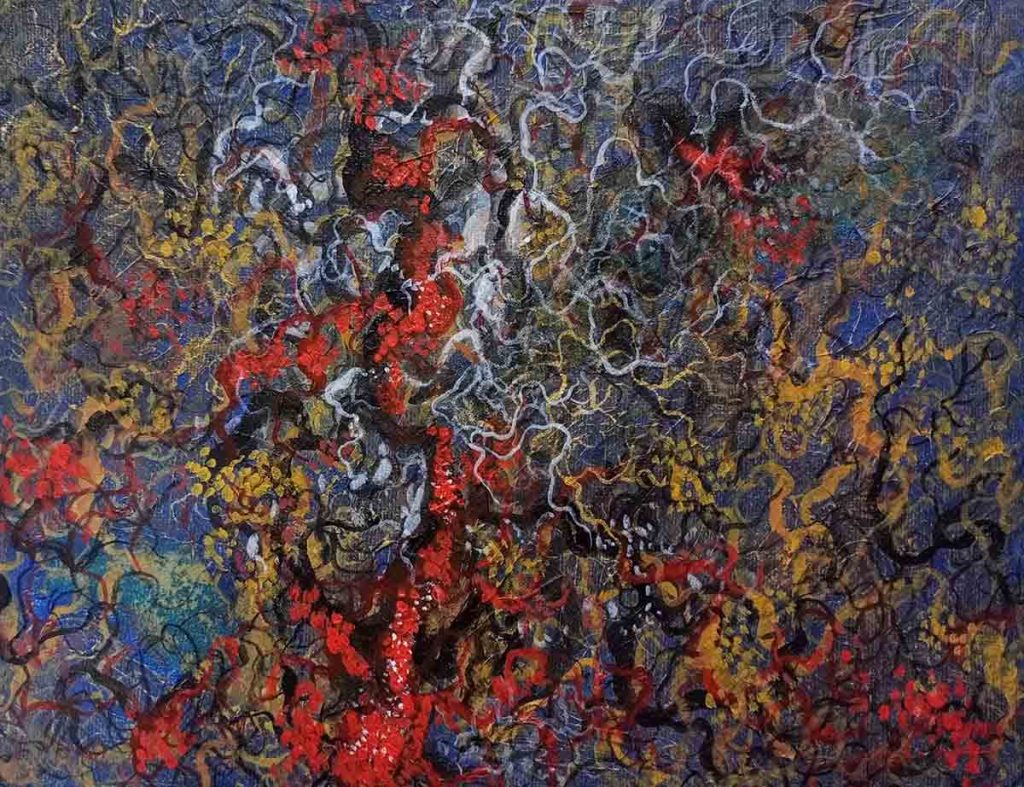
Contextual Reference Images
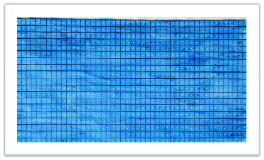
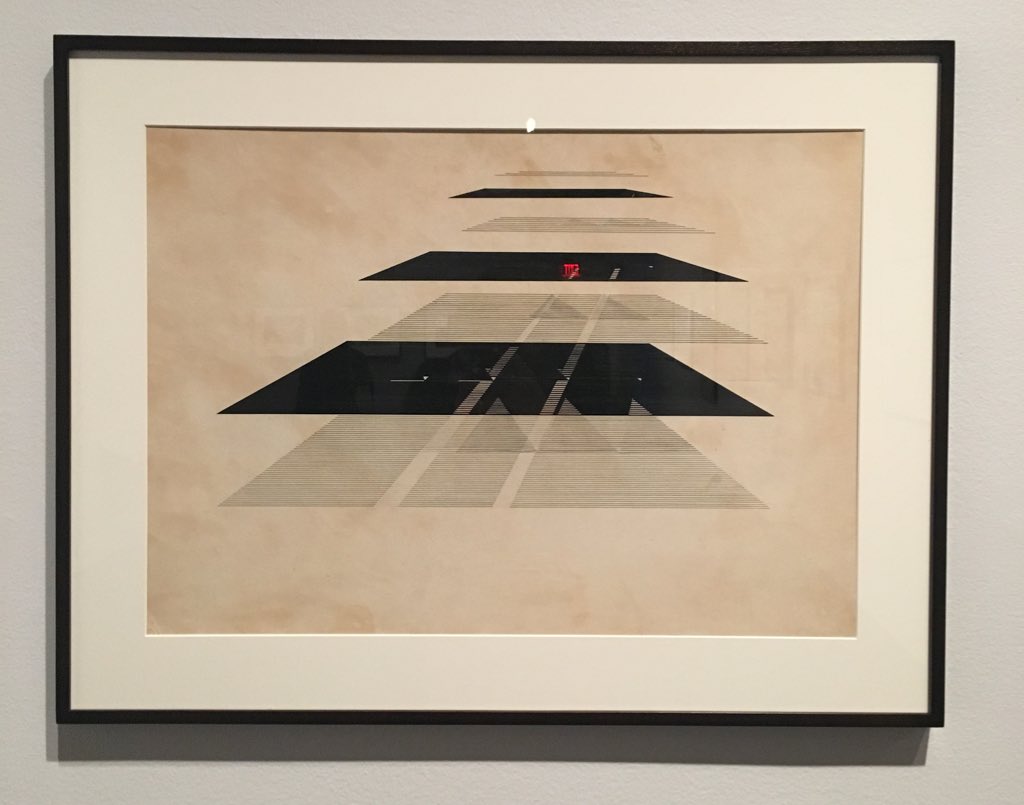
Agnes Martin — Her serene grids embody the quiet architecture of perception, where emotion becomes geometry.
Nasreen Mohamedi — Through linear precision and poetic restraint, she transforms inner discipline into spatial meditation.
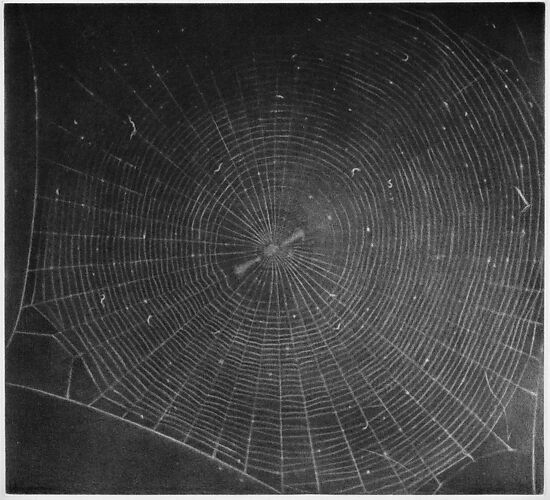
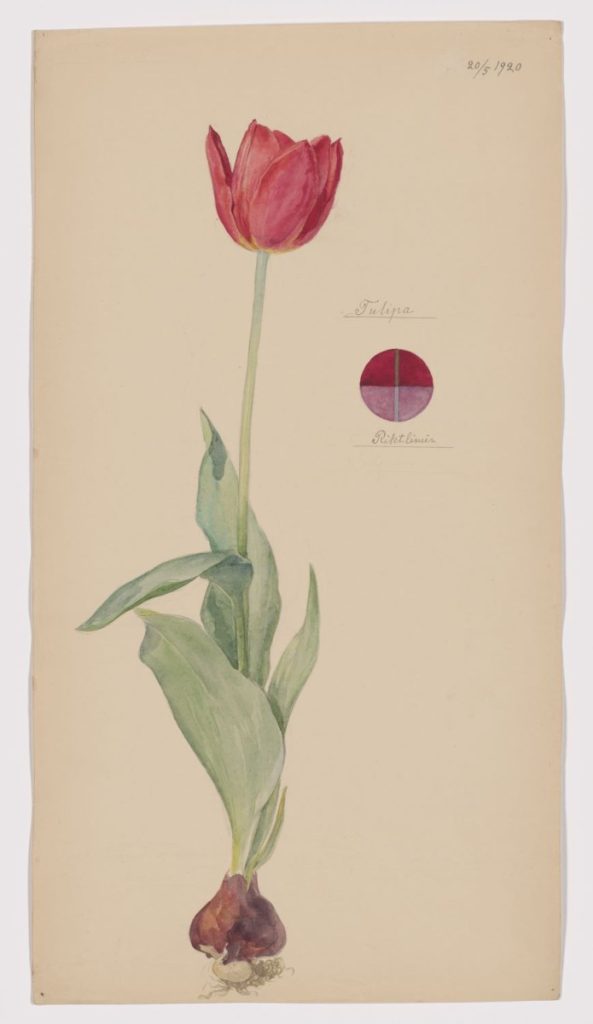
Vija Celmins — Her meticulous surfaces mirror the vastness of stillness — each mark an echo of the infinite.
Hilma Af Klint — She painted the unseen rhythms of spirit, transforming abstraction into revelation.
. .
